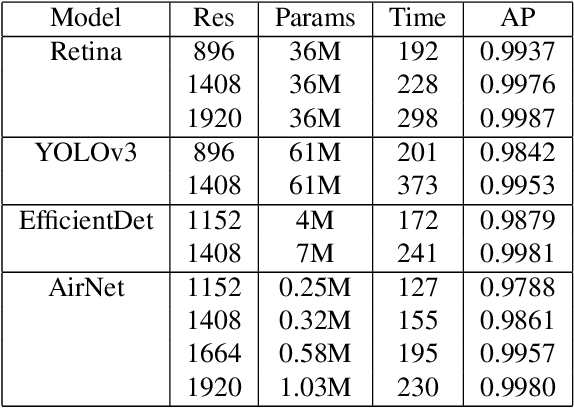Phu N. Tran
Deep-learning Optical Flow Outperforms PIV in Obtaining Velocity Fields from Active Nematics
Apr 26, 2024



Abstract:Deep learning-based optical flow (DLOF) extracts features in adjacent video frames with deep convolutional neural networks. It uses those features to estimate the inter-frame motions of objects at the pixel level. In this article, we evaluate the ability of optical flow to quantify the spontaneous flows of MT-based active nematics under different labeling conditions. We compare DLOF against the commonly used technique, particle imaging velocimetry (PIV). We obtain flow velocity ground truths either by performing semi-automated particle tracking on samples with sparsely labeled filaments, or from passive tracer beads. We find that DLOF produces significantly more accurate velocity fields than PIV for densely labeled samples. We show that the breakdown of PIV arises because the algorithm cannot reliably distinguish contrast variations at high densities, particularly in directions parallel to the nematic director. DLOF overcomes this limitation. For sparsely labeled samples, DLOF and PIV produce results with similar accuracy, but DLOF gives higher-resolution fields. Our work establishes DLOF as a versatile tool for measuring fluid flows in a broad class of active, soft, and biophysical systems.
Deep4Air: A Novel Deep Learning Framework for Airport Airside Surveillance
Oct 02, 2020



Abstract:An airport runway and taxiway (airside) area is a highly dynamic and complex environment featuring interactions between different types of vehicles (speed and dimension), under varying visibility and traffic conditions. Airport ground movements are deemed safety-critical activities, and safe-separation procedures must be maintained by Air Traffic Controllers (ATCs). Large airports with complicated runway-taxiway systems use advanced ground surveillance systems. However, these systems have inherent limitations and a lack of real-time analytics. In this paper, we propose a novel computer-vision based framework, namely "Deep4Air", which can not only augment the ground surveillance systems via the automated visual monitoring of runways and taxiways for aircraft location, but also provide real-time speed and distance analytics for aircraft on runways and taxiways. The proposed framework includes an adaptive deep neural network for efficiently detecting and tracking aircraft. The experimental results show an average precision of detection and tracking of up to 99.8% on simulated data with validations on surveillance videos from the digital tower at George Bush Intercontinental Airport. The results also demonstrate that "Deep4Air" can locate aircraft positions relative to the airport runway and taxiway infrastructure with high accuracy. Furthermore, aircraft speed and separation distance are monitored in real-time, providing enhanced safety management.
 Add to Chrome
Add to Chrome Add to Firefox
Add to Firefox Add to Edge
Add to Edge